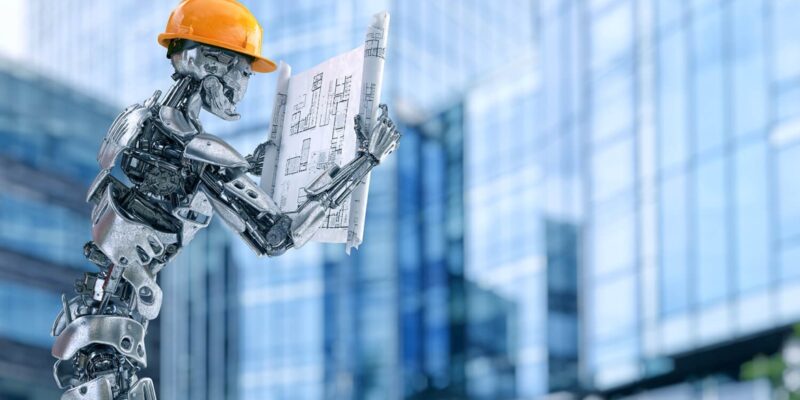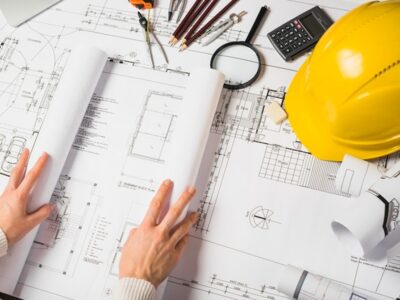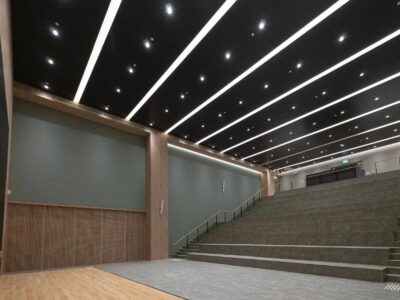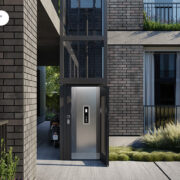New technologies, altering market needs, and changing laws are driving ongoing change in the building sector. Additionally undergoing major changes is commercial construction management, which include planning, organizing, and supervising building projects. These developments not only increase efficiency but also raise the quality and sustainability of the created environment. The main developments influencing the direction of commercial construction and management in Holland are investigated in this paper.
Growing Technological Consumption
Among the main forces for transformation in commercial construction management is technology. Building Information Modeling (BIM), drones, and augmented reality (AR) combined are transforming the way building projects are scheduled and carried out. BIM helps architects and project managers see a building in three dimensions before it is ever started, therefore lowering mistakes and enhancing team cooperation. Better decision-making results from the useful aerial views that drones offer for site monitoring. AR lets on-site employees see designs and instructions, thereby enhancing accuracy and lowering expensive errors.
Prefabricated, modular, construction
Made in a plant, prefabricated components are then shipped to the site for assembly. This approach lessens on-site disturbance, decreases labor expenses, and shortens building time. Modular building is projected to be even more important in determining the direction of commercial construction management as supply chains get better and demand for speedier project completion rises.
Value of Safety
Although safety has always been a top concern in construction, new technologies and laws have increased attention to safeguarding workers on-site. Common wearables tracking worker health and environmental factors are those that Smart helmets and vests, for instance, can track vital indications including body temperature and heart rate, therefore alerting superiors to possible medical hazards. These developments not only guarantee that building projects follow safety rules but also help to ensure that general worker well-being is enhanced by these developments by means of fewer incidents.
Labor shortages and workforce development
The continuing labor shortage presents one of the difficulties for the commercial building sector. Less qualified workers joining the sector could cause delays in projects and raise expenses. Construction businesses are funding workforce development projects like apprenticeships, training, and educational activities to help with this problem. Furthermore, the attraction of younger generations to the sector by highlighting the several possibilities in construction management is under more and more importance.
Cloud Solutions and Project Management Software
Commercial building is seeing increasing usage of sophisticated project management tools. By tracking project progress in real-time, controlling budgets, scheduling activities, and facilitating more efficient team collaboration across several sites, cloud-based systems let building managers manage Better visibility and control enable project managers to make faster decisions and enhance project output generally. These instruments also serve to simplify interactions among stakeholders, hence lowering delays and misinterpretation.
Cooperation and Openness
Construction projects used to be sometimes compartmentalized with poor communication between several teams. Still, the tendency is toward more openness and teamwork. Project managers, contractors, architects, and clients are all working more closely together and exchanging knowledge and ideas all through the process. Using this cooperative strategy, delays, miscommunications, and cost overruns are minimized. It also promotes a more quick and effective decision-making process, so facilitating better project implementation.
Technology, sustainability, and an emphasis on teamwork and safety are helping to define commercial building management going forward. Construction managers have to embrace these tendencies as the sector changes if they are to remain competitive and produce excellent projects. The future of commercial construction and management in Holland presents interesting opportunities for builders and the communities they serve whether that means embracing new technologies, using green building techniques, or tackling labor shortages. Success will depend on your capacity to be flexible, creative, and dedicated to building smarter, safer, more sustainable environments for everyone.












Comments